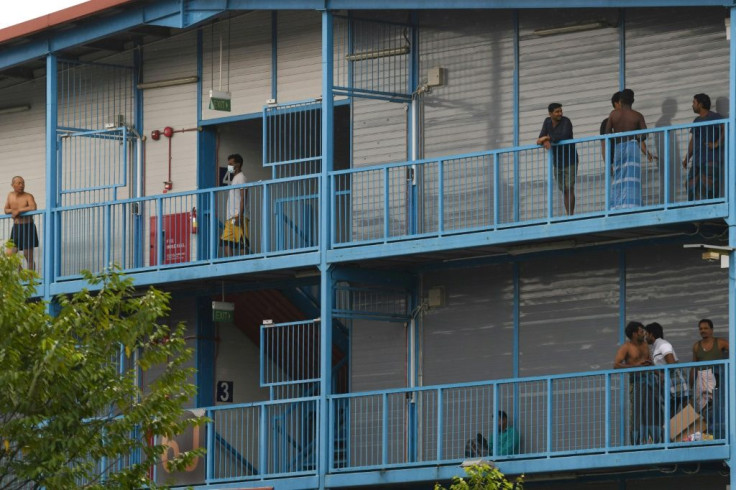Singapore, Taiwan And Hong Kong Seemed To Have Beaten Coronavirus, But Then Cases Spiked
It seems a successful campaign to battle a pandemic like COVID-19 may end up having an unpleasant consequence. The people left uninfected by the initial battle are still vulnerable to the coronavirus through those coming into the country even as the travel bans and quarantine requirements expanded.
In Hong Kong, Singapore, and Taiwan, the initial cases comprised people who had no travel history but they were linked to people who had been in Wuhan, China, the city of 11 million people and thought to be “ground zero” of the coronavirus’s origin.
The case counts in the three countries remained low despite the proximity to China with no more than 10 cases per day being reported while distant countries like Italy and Spain were hit extremely hard. Early intervention and vigilant monitoring were credited.
But now, in all three locations, there has been a recent surge in cases of people who have traveled abroad. In Singapore, the daily new case count has spiked into the hundreds with 287 reported on April 9, according to Worldometers, a statistics web page that has been tracking COVID-19. Some large clusters have been linked to Singapore’s migrant worker dormitories.
Taiwan was also hit with a surge of new cases, the vast majority of which were imported from other countries, while the number of locally transmitted infections remained low.
Hong Kong, once a British colony, now has another link to the United Kingdom with 191 cases among students who returned from Britain.
Both Hong Kong and Taiwan had tour groups that had visited Egypt. The travelers had no symptoms when they returned to Asia and their homes, but they soon developed coronavirus symptoms and fell ill after their early March return.
Singapore reported several members of the military contracted the virus while stationed in hard-hit France that had a peak case count of about 23,000 on April 3.
The coronavirus might have exposed a flaw with the travel bans and quarantine requirements. All three countries first banned Mainland China in early February and placed a required quarantine on Chinese visitors by Feb. 18. By March 20, the required quarantine had expanded to all countries and by March 25, travel from all countries was banned.
The travel bans gave exemptions to residents, long term visa holders and other groups that had to go through quarantine but were still allowed inside the borders of the three countries. The virus may have outlasted the quarantine and thus, the opportunity to gain a new group of victims was made available.
Jennifer Nuzzo, an epidemiologist at Johns Hopkins University in Baltimore commented on the situation, “If their case numbers continue to creep up to a point where they don’t feel like they can keep up with the case finding, case isolation, contact tracing, monitoring contacts and isolating the contacts, then that will be problematic.”
Singapore has imposed a new lockdown until at least May 4, closing all schools and nonessential workplaces following what other countries across the world were doing.

© Copyright IBTimes 2024. All rights reserved.




















